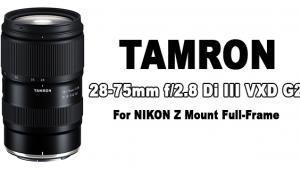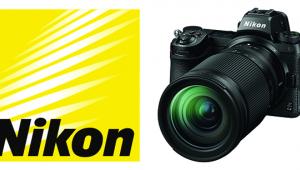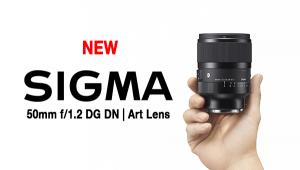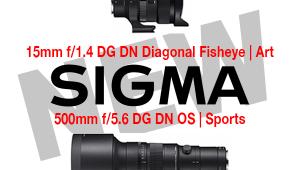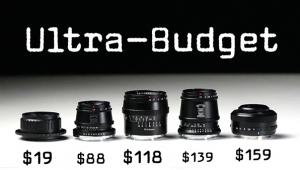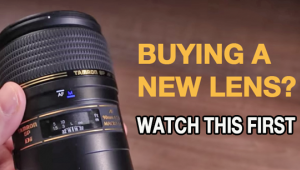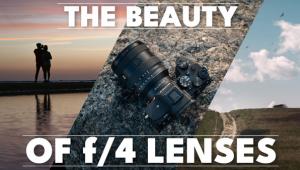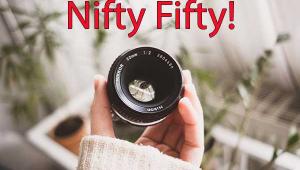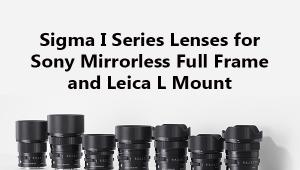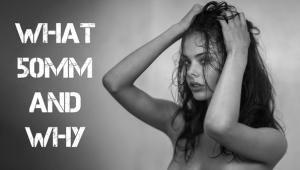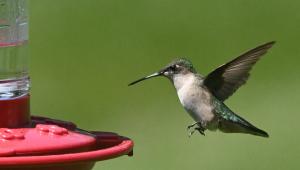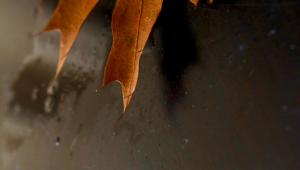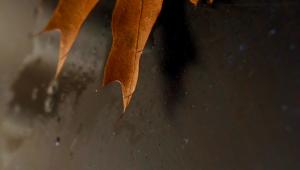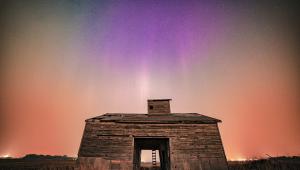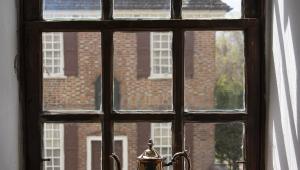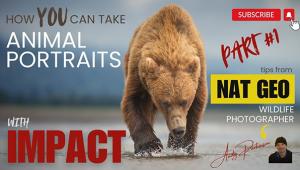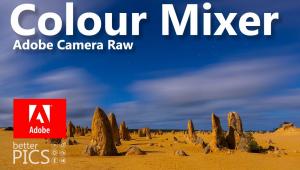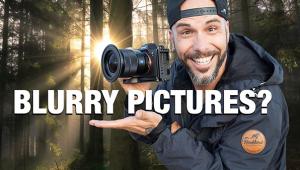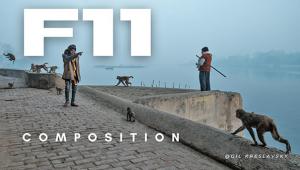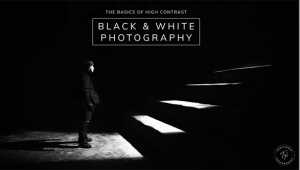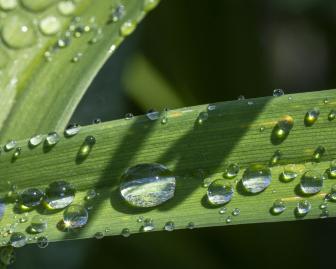Lens Focal Length Demystified: There's More to it Than Magnification (VIDEO)
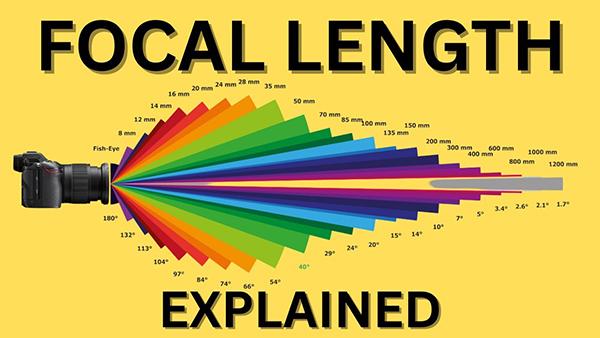
Focal length is one of the most essential concepts in photography, and a firm understanding of how it works is crucial when choosing the proper lens for a specific scene. Most photographers know that focal length determines the magnification of a subject within the frame, but there's more to consider than this.
Today's tutorial from the Hamed Photography YouTube channel will get you up to speed in barely four minutes so you'll always reach for an appropriate lens based upon subject matter, prevailing light levels, and the specific mood or effect that you want to convey.
Hamed begins with a quick overview of the concept, explaining that "focal length is the distance (expressed in millimeters) between the optical center of a lens and the camera's image sensor when the subject is in focus." So it directly affects both angle of view (how much of a scene is captured), and magnification (how large individual elements will appear within the frame).

These considerations hold true whether you're shooting with a prime lens or when selecting a specific focal on a zoom. As Hamed says, "a shorter focal length provides a wide angle of view and less magnification, while a longer focal gives a narrower angle of view with greater magnification.
But there's still more to consider, which Hamed reveals by breaking down lenses into various categories. By his definition ultra-wide lenses range in focal length from 8-24mm and they're often used for architecture, landscapes and interior photography. Their characteristics include strong perspective distortion—whereby the size of objects closer to the lens is exaggerated.
Conventional wide angle lenses (from 24-35mm), on the other hand, are ideal for street photography, travel, and environmental portraiture because they can capture a broad area
while maintaining a natural perspective. A standard 50mm lens in comparison has a field of view similar to what you see with your eyes and delivers a "balanced perspective" in which subjects appear natural and undistorted.
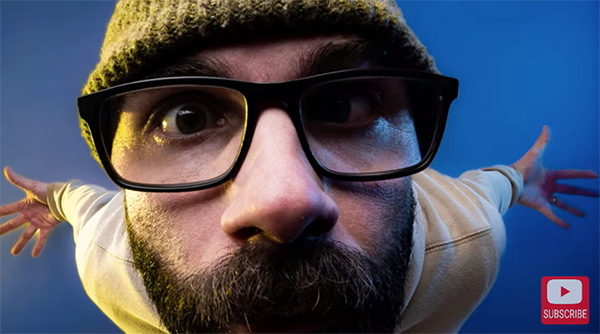
The discussion continues with a description of short telephotos (85-135mm), medium to long telephotos (135mm–300mm) and the "big guns" with focal lengths of 300mm and more that wildlife photographers use to isolate subjects at a distance. In every case Hamed explains the benefits and drawbacks, appropriate applications, and the characteristics you can expect to see in your imagery.
There's much more to learn about gear and shooting techniques on the Hamed Photography You Tube channel.
And speaking of lenses, but sure to watch the recent tutorial we featured with another accomplished pro who demonstrates how he captures attention-grabbing photographs by using a few affordable lens filters when shooting landscapes, nature scenes, and wildlife subjects.
- Log in or register to post comments



